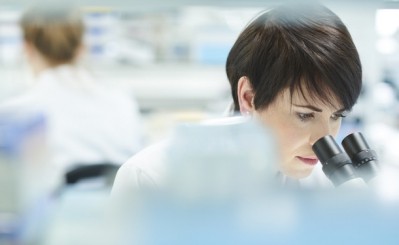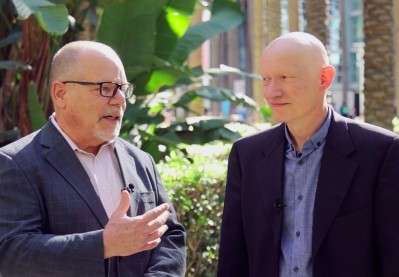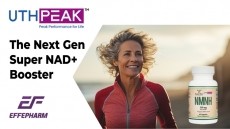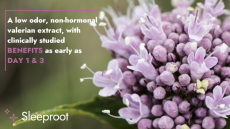Adulterants Bulletin highlights ‘multifaceted fraud’ associated with saffron
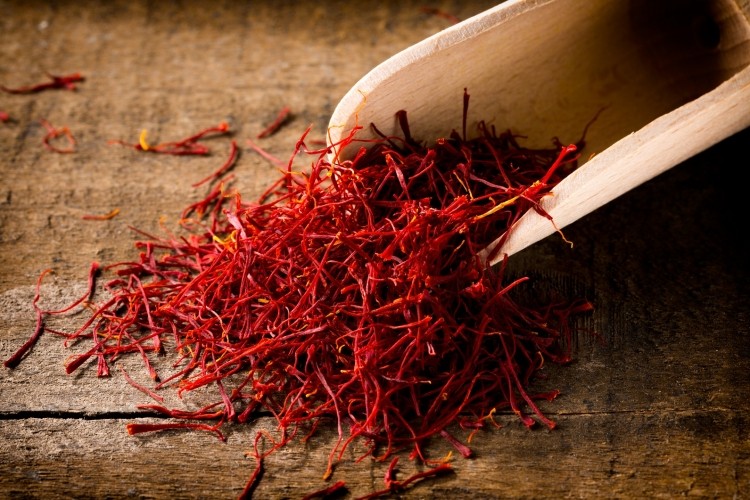
In addition to its use as a spice, extracts of saffron have been shown to have several therapeutic benefits, including relief of mild-to-moderate depression, anxiety, and stress. There is also growing evidence from clinical trials of saffron extract’s beneficial effects on sleep.
Each saffron plant (Crocus sativus) produces only one flower with a three-branched stigma emerging from its style. The saffron stigmas are the red-colored, thread-like parts of the female organ of the flower, each weighing only 2-2.5 mg. Traditionally, saffron planting, harvesting, and processing is done by hand. The time-consuming labor required makes saffron the most expensive spice in the world, with wholesale and retail saffron prices ranging from $500 to $5,000 per pound.
A complete set of orthogonal testing methods is needed
Due to its high price, there is an incentive for economically motivated adulteration in the saffron industry. Adulterants include red-dyed paper strips, silk fibers, and corn (Zea mays) stigmas dyed in beet (Beta vulgaris) juice, as well as pomegranate (Punica granatum) fruit peel or fibers, safflower (Carthamus tinctorius) and calendula (Calendula officinalis) flowers, and various other naturally red-colored plant materials.
Some adulterators have also mixed powdered saffron with ground turmeric (Curcuma longa) or paprika (Capsicum annuum) as undisclosed lower-cost bulking agents, notes the bulletin.
“Saffron is one of the most widely adulterated botanical ingredients worldwide,” commented Stefan Gafner, PhD, ABC’s chief science officer, BAPP’s technical director, and co-author of the bulletin. “Some types of adulteration are readily uncovered, even by a non-expert, for example by looking at the color of the liquid when adding saffron to hot water. Other types are more sophisticated and need state-of-the-art analytical methods for detection.”
Indeed, the bulletin notes that, “A complete set of orthogonal testing methods (which may include, among others, microscopy, HPTLC, HPLC, FT-IR, or NMR) needs to be used to authenticate saffron.”
Dr Gafner authored the bulletin with Aboli Girme, PhD, Amit Mirgal, PhD, and Lal Hingorani, PhD, from Pharmanza Herbal Pvt. Ltd. (Kaniya, India), and Bhaumik Darji from Verdure Sciences (Noblesville, Indiana).
Commenting on the bulletin, Ikhlas Khan, PhD, director of the National Center for Natural Products Research (NCNPR) at the University of Mississippi, said: “The adulteration issue related to saffron is known to all of us, but it takes a team of experts to document it scientifically and provide tools to mitigate it.”
Roy Upton, president of the American Herbal Pharmacopoeia (AHP), is currently developing a saffron monograph and therapeutic compendium. “I only recently learned of the health-promoting benefits of saffron and have been amazed at the breadth of literature supporting its use, especially for mood,” said Upton. “In collecting samples for analysis, we have received plastic stigmas and safflower as well as high-quality material. This makes bulletins such as this all the more valuable for informing stakeholders of the level of sophistication in the world of saffron adulteration.”
Bulletin
The saffron bulletin, which can be read HERE, is BAPP’s 25th bulletin and 71st peer-reviewed publication to date.
The bulletin was peer reviewed by 20 experts in and botanical ingredient analysis from academia, contract analytical laboratories, and the dietary supplement and food industries in the United States and internationally.
